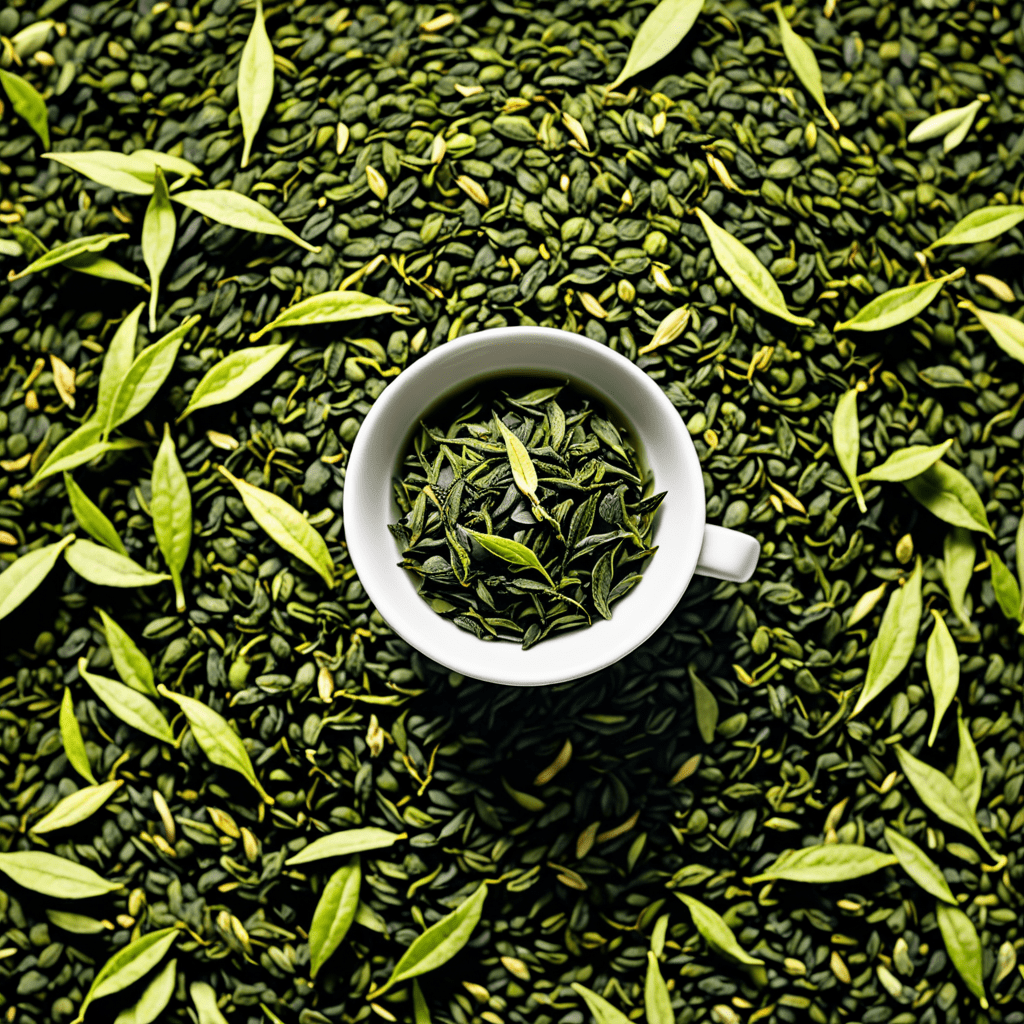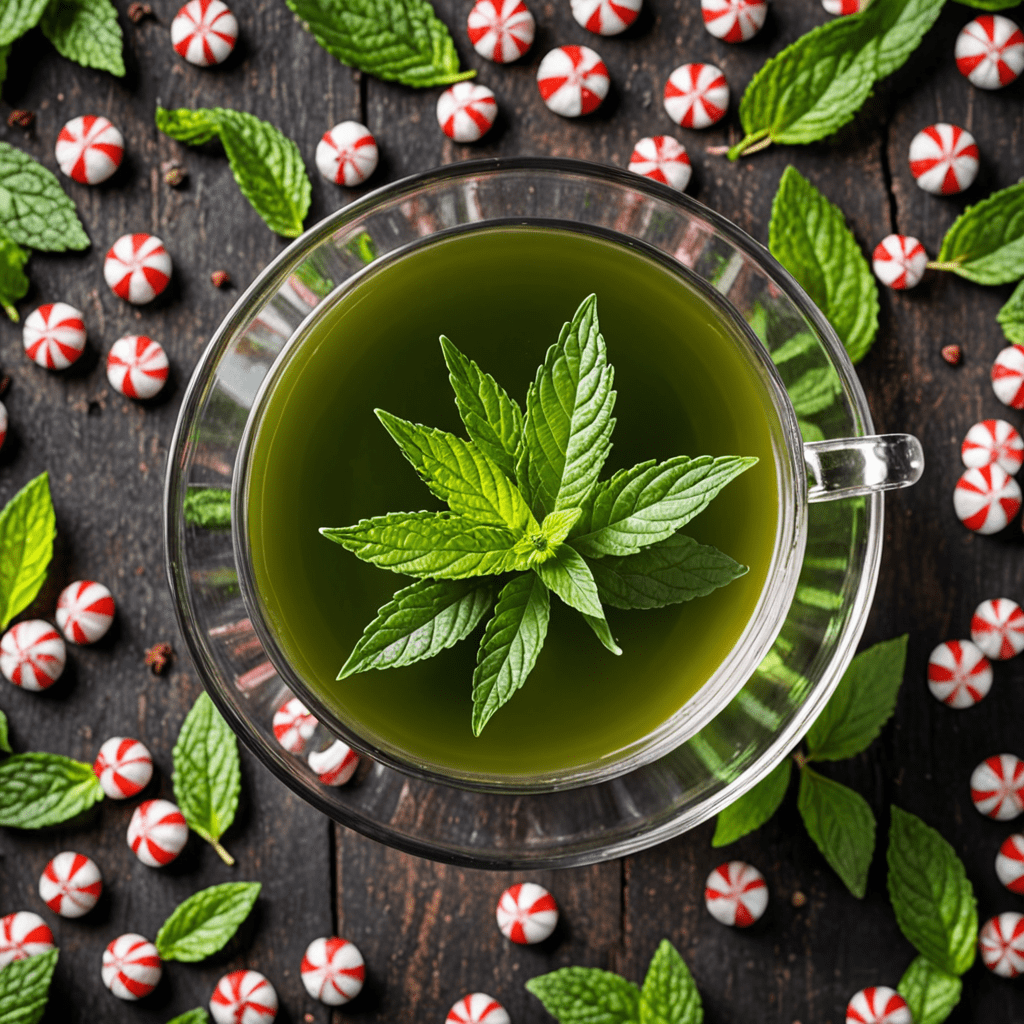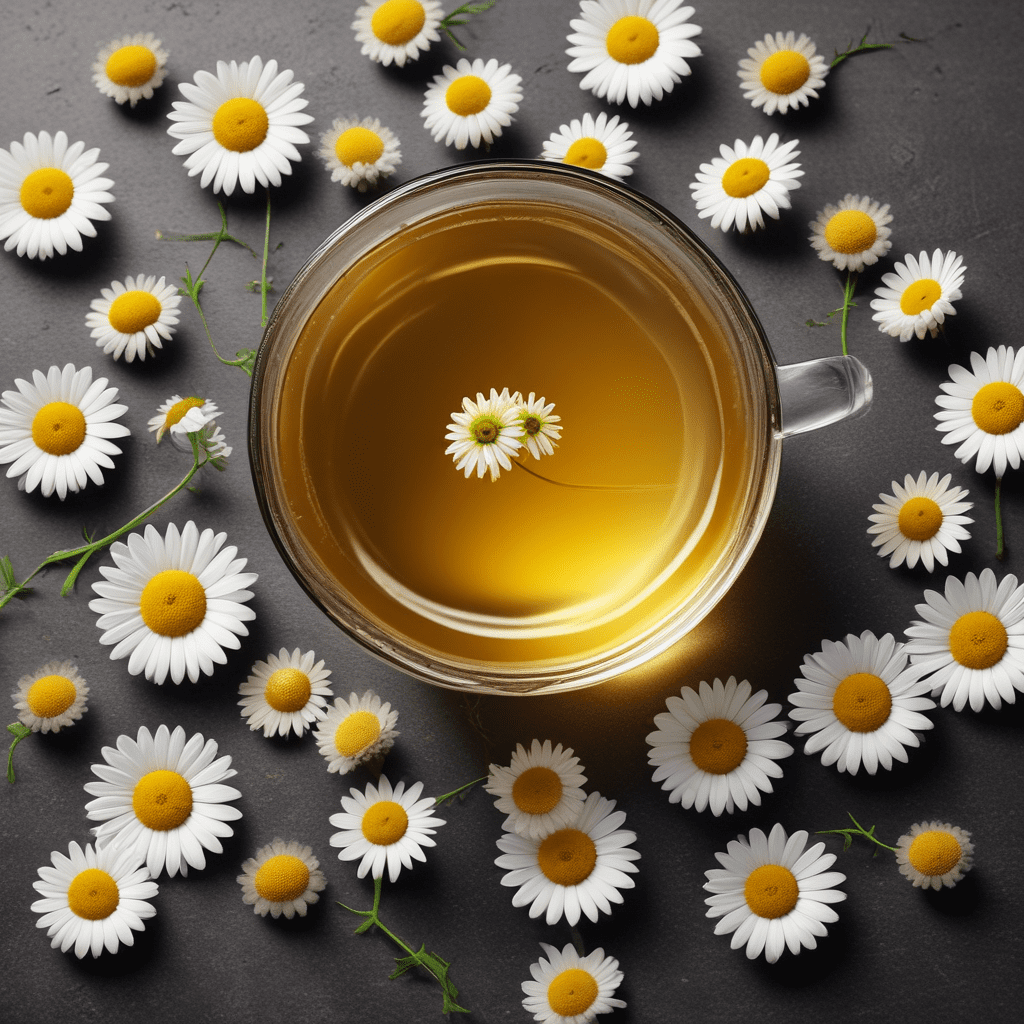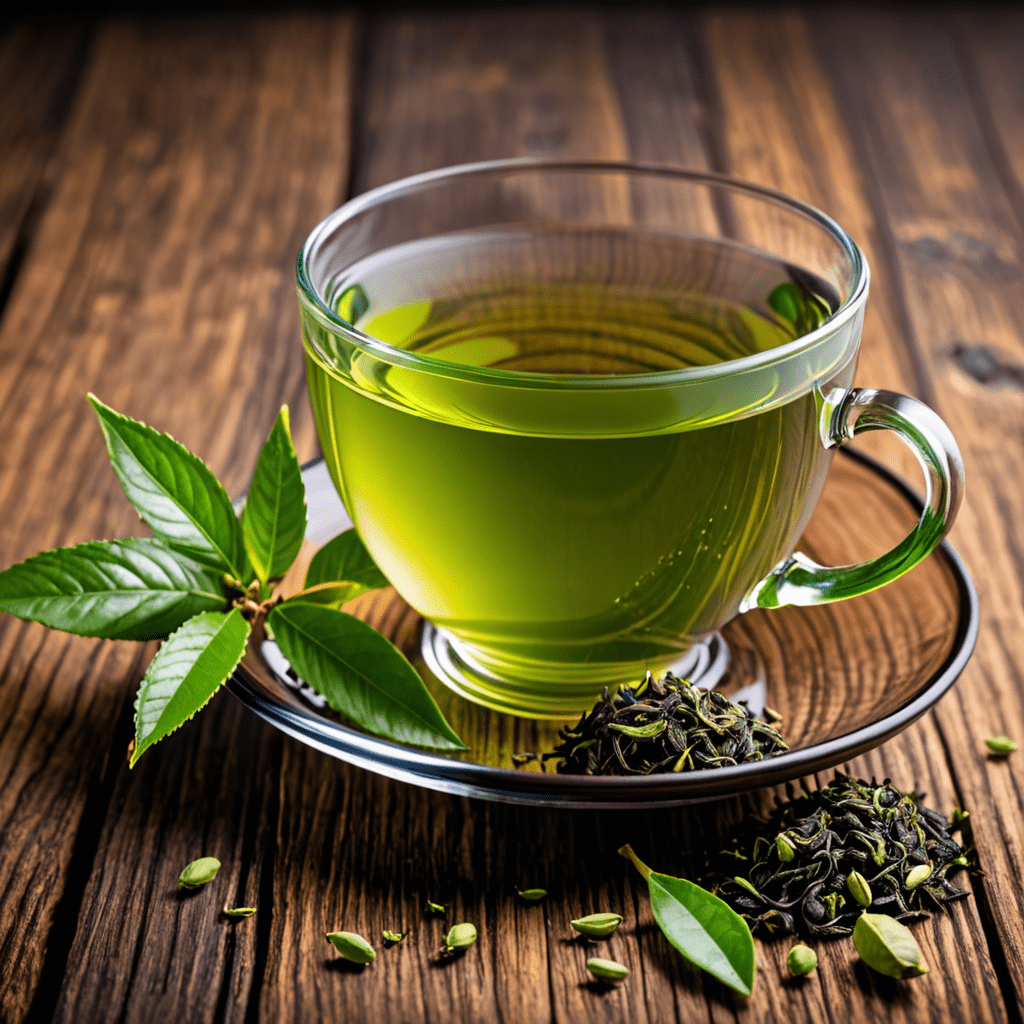The Ultimate Guide to Discovering Exceptional Japanese Green Tea
When it comes to the world of tea, Japanese green tea stands out for its unique flavor, aroma, and health benefits. In this comprehensive guide, we’ll explore everything you need to know about Japanese green tea, from its origins and varieties to brewing techniques and health benefits. Whether you’re a seasoned tea connoisseur or just beginning your journey into the world of green tea, this guide will provide valuable insights into discovering and enjoying the best Japanese green teas available.
Understanding Japanese Green Tea
Japanese green tea, also known as “ocha,” is a type of tea that is made from the leaves of the Camellia sinensis plant. What sets Japanese green tea apart from other varieties of tea is the way it is processed. Unlike black or oolong teas, Japanese green tea undergoes minimal oxidation during processing, which helps to preserve its natural green color and delicate flavors.
Types of Japanese Green Tea
There are several different types of Japanese green tea, each with its own unique characteristics and flavor profiles. Some of the most popular varieties include:
- Sencha: The most commonly consumed green tea in Japan, sencha is known for its bright green color and refreshing, grassy flavor.
- Matcha: A fine powdered green tea that is prized for its vibrant green color and rich, umami flavor. Matcha is commonly used in traditional Japanese tea ceremonies.
- Gyokuro: A shade-grown green tea that is known for its sweet, mellow flavor and distinctive aroma. Gyokuro is often considered one of the highest grades of green tea.
- Hojicha: A roasted green tea with a reddish-brown color and a toasty, nutty flavor. Hojicha is often enjoyed for its low caffeine content and soothing qualities.
Choosing the Best Japanese Green Tea
When selecting Japanese green tea, it’s important to consider factors such as the growing region, harvest season, and processing methods. Look for teas that are sourced from reputable producers and pay attention to details such as aroma, color, and taste to find the best quality teas.
Brewing Japanese Green Tea
Proper brewing techniques are essential for unlocking the full flavor potential of Japanese green tea. Whether you’re brewing sencha, matcha, gyokuro, or hojicha, paying attention to water temperature, steeping time, and tea-to-water ratio is crucial for achieving a perfect cup of tea.
Health Benefits of Japanese Green Tea
In addition to its delightful taste, Japanese green tea is also celebrated for its potential health benefits. Rich in antioxidants, vitamins, and minerals, green tea is believed to support heart health, aid in weight management, and promote overall well-being. By incorporating Japanese green tea into your daily routine, you can enjoy the potential health-boosting properties that this ancient brew has to offer.
Frequently Asked Questions about Japanese Green Tea
If you’re curious about Japanese green tea, here are some common questions that may provide further insight into this beloved beverage:
- What makes Japanese green tea different from other types of green tea?
- How should I store Japanese green tea to maintain its freshness?
- Are there any specific rituals or traditions associated with drinking Japanese green tea?
- Can Japanese green tea be enjoyed cold or prepared in non-traditional ways?
- What are some popular pairings for Japanese green tea, such as food or desserts?
By diving into the world of Japanese green tea, you’ll discover a rich tapestry of flavors, aromas, and traditions that have been cherished for centuries. Whether you prefer the elegance of matcha or the comforting warmth of hojicha, exploring the diverse offerings of Japanese green tea is a delightful journey that can be enjoyed by tea enthusiasts and newcomers alike.



